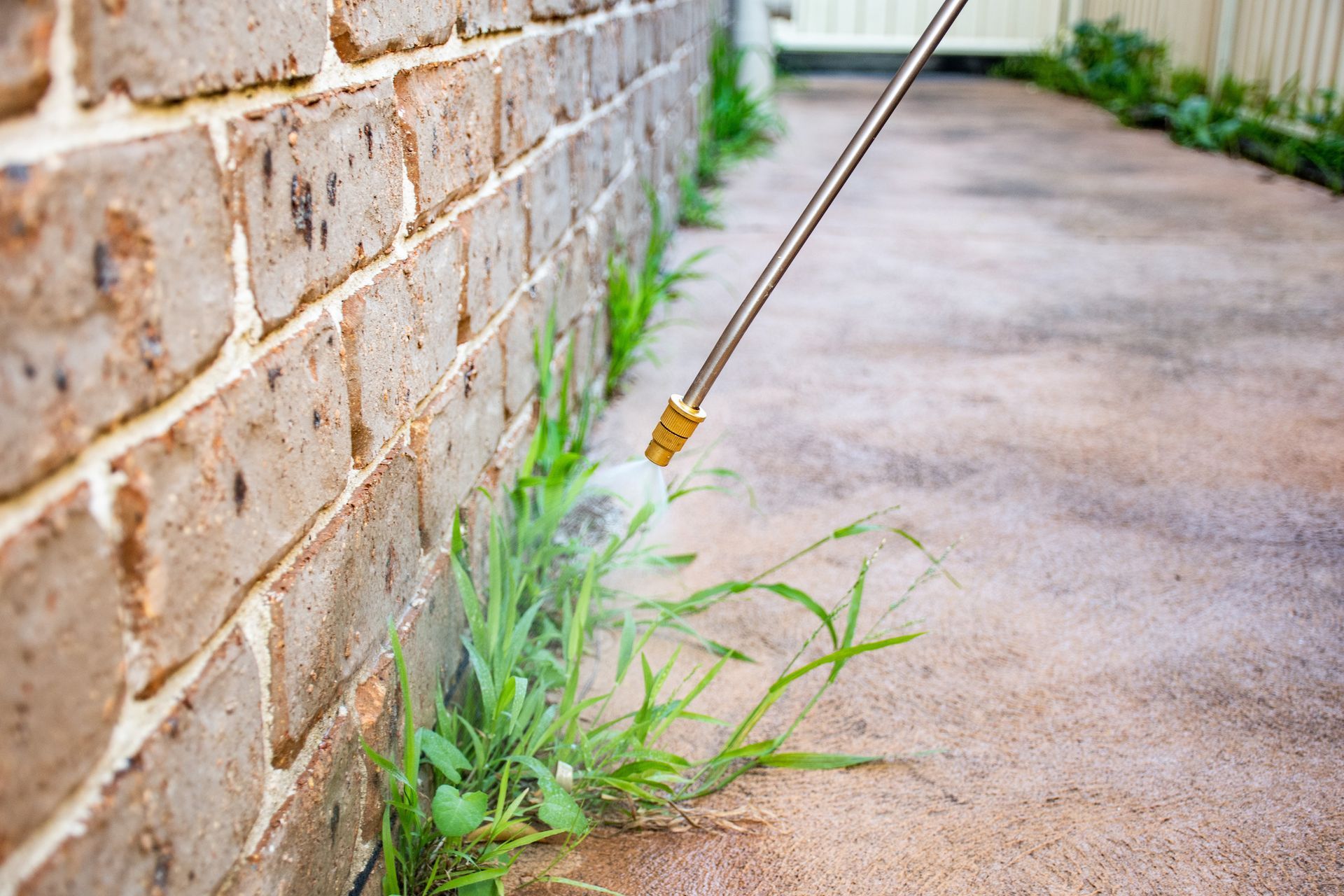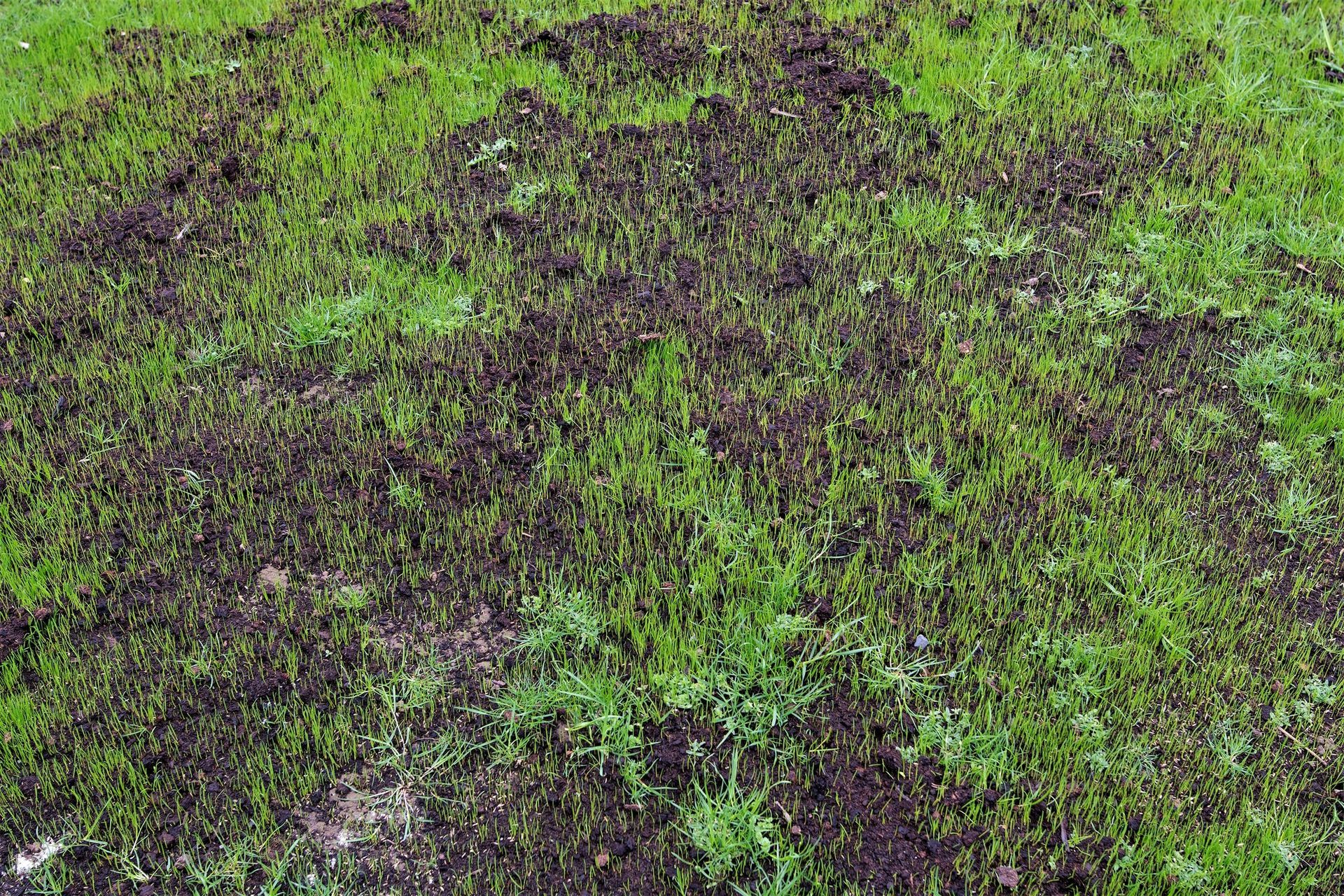New Plant & Tree Care for Northern Ohio
Simple steps to help new trees, shrubs, and perennials establish strong roots in our climate.
First 12 Weeks: What Matters Most
Watering
- Days 1–14: Keep root zones evenly moist (not soggy). Check soil 3–4" deep with your finger.
- Weeks 3–6: Deep soak every 2–3 days; aim for slow watering that penetrates 8–12".
- Weeks 7–12: Water deeply 1–2×/week depending on rainfall and heat.
- Morning watering is best; avoid frequent light sprinkling that encourages shallow roots.
Mulch
- Apply a 2–3" layer of shredded bark or leaf mulch after planting.
- Keep mulch a “donut,” not a “volcano”: leave 3–4" of bare space around trunks/stems.
- Mulch conserves moisture, moderates soil temps, and suppresses weeds.
Tip: New plants fail most often from overwatering in heavy clay or underwatering during hot/windy
spells. Adjust to weather.
Watering Amounts (Quick Guide)
| Plant Type / Size | Per Watering (Deep Soak) | Frequency (Weeks 1–6) | Frequency (Weeks 7–12) |
|---|---|---|---|
| Perennials (1–2 gal pot) | 0.5–1 gal | Every 2 days | 1–2×/week |
| Small shrubs (3–5 gal) | 1–2 gal | Every 2–3 days | 1–2×/week |
| Large shrubs (7–10+ gal) | 2–4 gal | Every 3 days | Weekly (twice in heat) |
| New trees (1.5–2.5" caliper) | 5–10 gal | Every 3 days | Weekly (twice in heat) |
Rule of thumb for trees: 10 gallons per inch of trunk diameter per deep watering.
Staking & Guying (Trees)
- Stake only if tree rocks in wind or is planted in a very open site.
- Use soft, wide ties; allow slight movement for trunk strength.
- Remove stakes and ties after one growing season.
Fertilizing
- Do not heavy-fertilize at planting. If needed, use a starter formula or compost.
- Delay granular high-nitrogen fertilizers until plants are actively growing (often the following spring).
- Slow-release organics or compost tea are gentle options during establishment.
Pruning
- Remove only broken, dead, or crossing branches at planting.
- Shape lightly after the first flush; major pruning waits until dormancy or the next season.
- Sanitize tools between plants.
Weeds & Grass Competition
- Keep a weed-free ring under the mulch around trees/shrubs for the first 2 years.
- Avoid lawn herbicides within the root zone of new plantings.
- Hand-pull or spot treat with care; always protect desirable foliage.
Pest & Disease Watch
- Check leaves weekly for chewing, spots, or wilting.
- Look for insects on undersides of leaves and new growth.
- Treat only if pests are actively damaging; avoid blanket sprays.
- Healthy, well-watered plants resist most issues.
Blades of Grass Landscaping provides these guidelines to support healthy establishment of new plants and trees. Success depends on consistent watering, weather conditions, and homeowner follow-through. Contact us for professional follow-up care.





